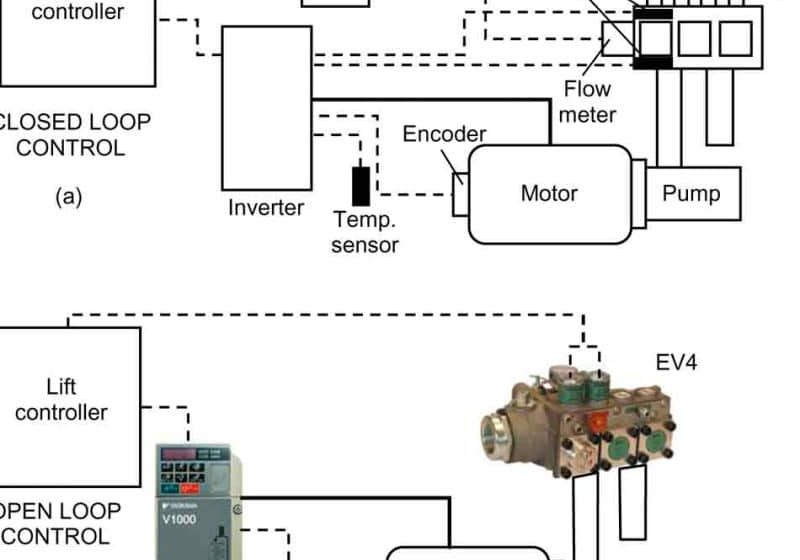In November 2012, the European Commission predicted that throughout 2013, the recession in Europe would grow deeper than previously anticipated due to a 20% decrease in public-sector construction projects and continuing weakness in the European commercial sectors. However, the commission also stated it anticipated some opportunities for real-estate investors in prime residential markets in Germany and London.
International economic experts and real-estate developers are reporting similar bright spots for construction in other parts of the world, as well – particularly in Australia, Brazil, China and southeast Asia. However, as of this writing, no specific major projects have been announced.
In Hong Kong, work has begun on the development of a site that will include three large R&D centers, in addition to office and laboratory buildings. The total scope of this project has not yet been announced, but it has been said to be substantial. West of Hong Kong, in Macau, five new casino projects, each totaling US$1.5–2.0 billion, are underway. Two of the projects are expected to be completed by the end of this year.
In the Middle East, the pace of construction has slowed from its rate of previous years. However, in addition to the construction of the 1-km-high Kingdom Tower underway in Jeddah, Saudi Arabia, additional high-rise building projects are in progress or in the planning stage in various locations. Throughout the region for this year, overall construction growth is predicted to increase 3-4% above what it was in 2012.
To accommodate the ongoing and growing flow of electronic data around the globe, a number of large data centers are being built in many areas of the world. It is anticipated this type of work will continue throughout 2013 and well into the future. In order to keep up with the flow of electronic information being disseminated, thousands more data centers will need to be built in coming years. Much of this work is underway and will continue indefinitely.
In the U.S., the healthcare sector has reported it will need more facilities to accommodate the U.S.’s aging population and the additional patients who are to be newly covered under the Patient Protection and Affordable Care Act. And we received word that funding for construction on a 700-acre site southeast of San Francisco was obtained to build a mixed-use project that will include 12,000 residential units and begin in the first quarter of this year.
Often, the ravages of nature, despite providing hardship for many people, also provide opportunities for others. Such is the case relative to the major storm that hit the northeastern U.S. on September 29, 2012.
Major elevator repair work will be necessary in Lower Manhattan, New York, as well as the coastal areas of Long Island, New York, and New Jersey that were flooded during Hurricane Sandy. The elevators in the buildings affected by this storm include electric traction and hydraulic elevators. This month’s focus topic on machines, motors and pumps provides a good deal of information on this equipment that should be useful to those engaging in its refurbishment and replacement.
“A Load & Temperature Compensation Method for Green Hydraulic Lifts by Means of Inverters” by K. Ferhat Celik presents the latest advancements in hydraulic-elevator technology for equipment designers and mechanics to apply to the important elevator-refurbishment work that will be necessary throughout this year. This month’s continuing-education article, “Electric Motors for Elevators” by David Herres covers the basic theory and application of various types of elevator motors. Herres describes how AC and DC motors are configured, as well as how they must be maintained for optimal operation. It appears we might soon start to see some “light at the end of the tunnel.” Or, as we in the elevator industry prefer to call it, “light at the top of the hoistway.” Unfortunately, the devastation of Hurricane Sandy caused a good deal of the work that will bring this light to the U.S. elevator industry. Regardless, it should keep our industry afloat for the coming year. The articles in this month’s focus section emphasize the equipment that will be used to fulfill the immediate needs of our industry; therefore, we recommend you study them diligently as you prepare for a brighter future.
Get more of Elevator World. Sign up for our free e-newsletter.









